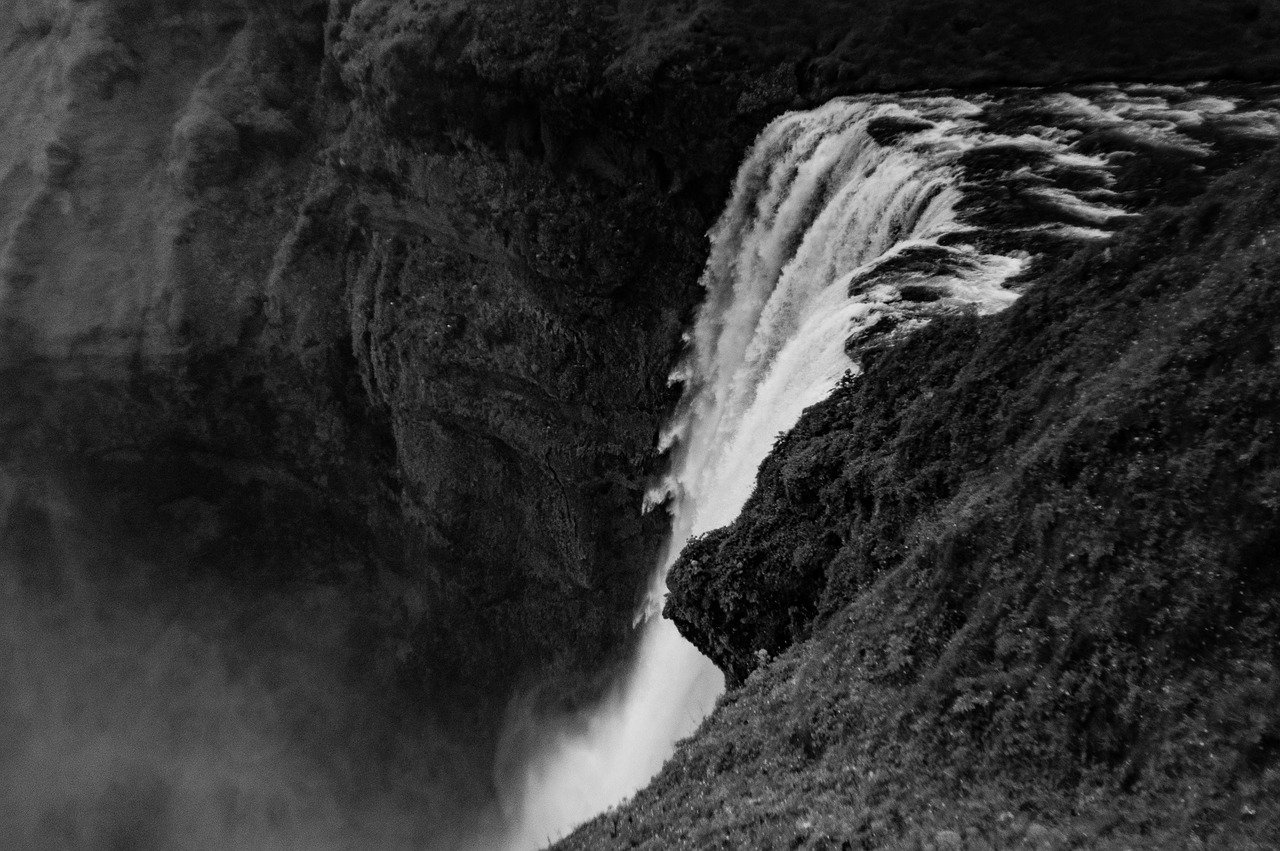
These 5 tutorial links will help you along your way to ensure you're getting it right when it comes to your landscape photography. If you are going to choose Black & White, there's some basics you should pick up first to get you started on the right foot.
For a fully comprehensive guide on “Black And White Photography” – professional photographer Kent DuFault is at hand to teach you the essentials and basics too of how and why to convert images into black & white.
For those deciding whether or not to shoot Black & White
Black-and-white photography is a great place to start for most photographers, but is it right for you? This article will help you decide if black-and-white is what you’re looking for. Black-and-white photography will give your work a beautiful effect, but only if done properly. This tutorial will help you figure out how to take advantage of the many things monochrome photography has to offer, such as the ability to focus on the content of the image instead of the colors, and to shoot in less-than-ideal conditions.
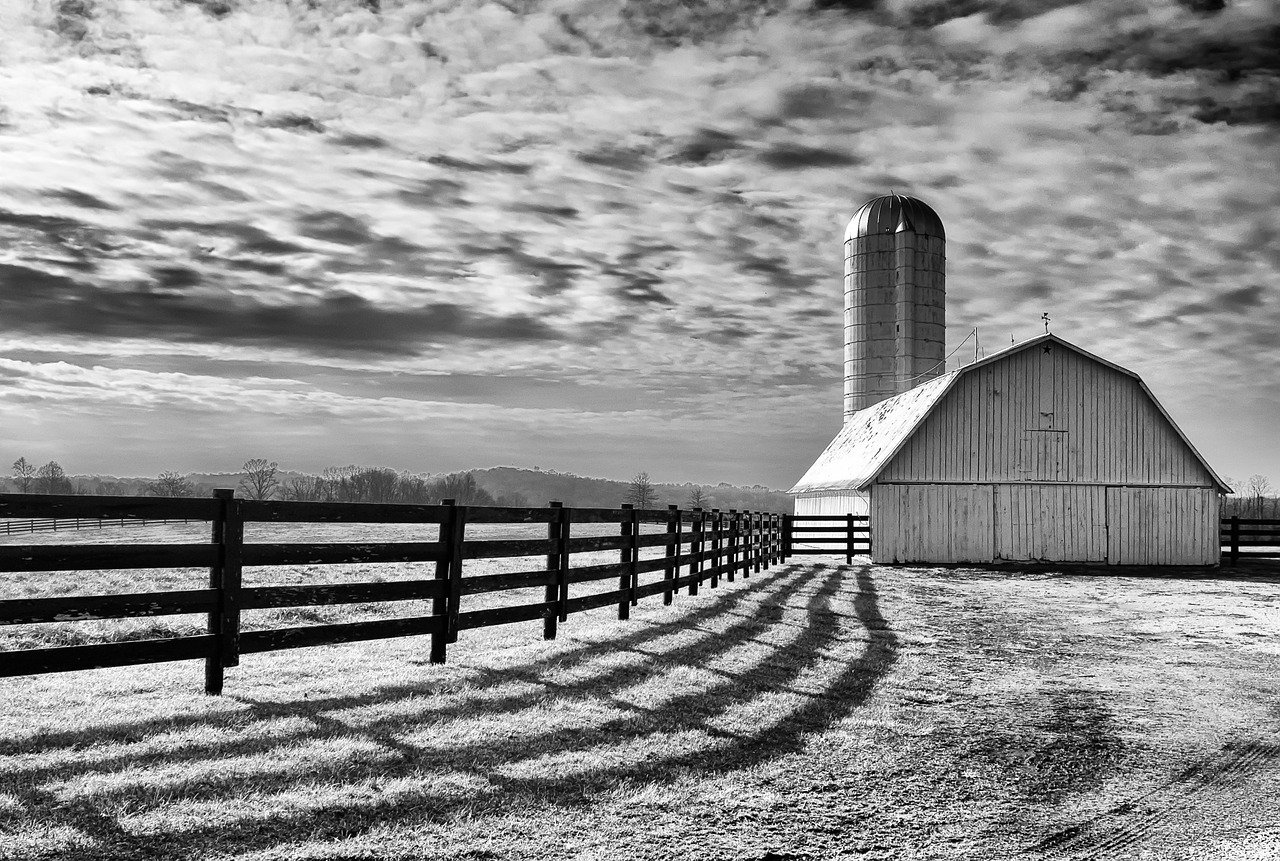
Basic tips for Black-and-White Photography
Once you’ve decided that monochrome photography is right for you, check out this link to learn the basics tools you need to perfect this craft. This article doesn’t focus much on landscapes, but everyone has to start somewhere.
It describes the basic rules and techniques you should keep in mind, such as the best shooting mode, how to visualize in black and white, proper camera settings and the best filters to use. This is a great tool for anyone starting out with black and white who isn’t too familiar with the different tricks they can use to get the most out of their images.
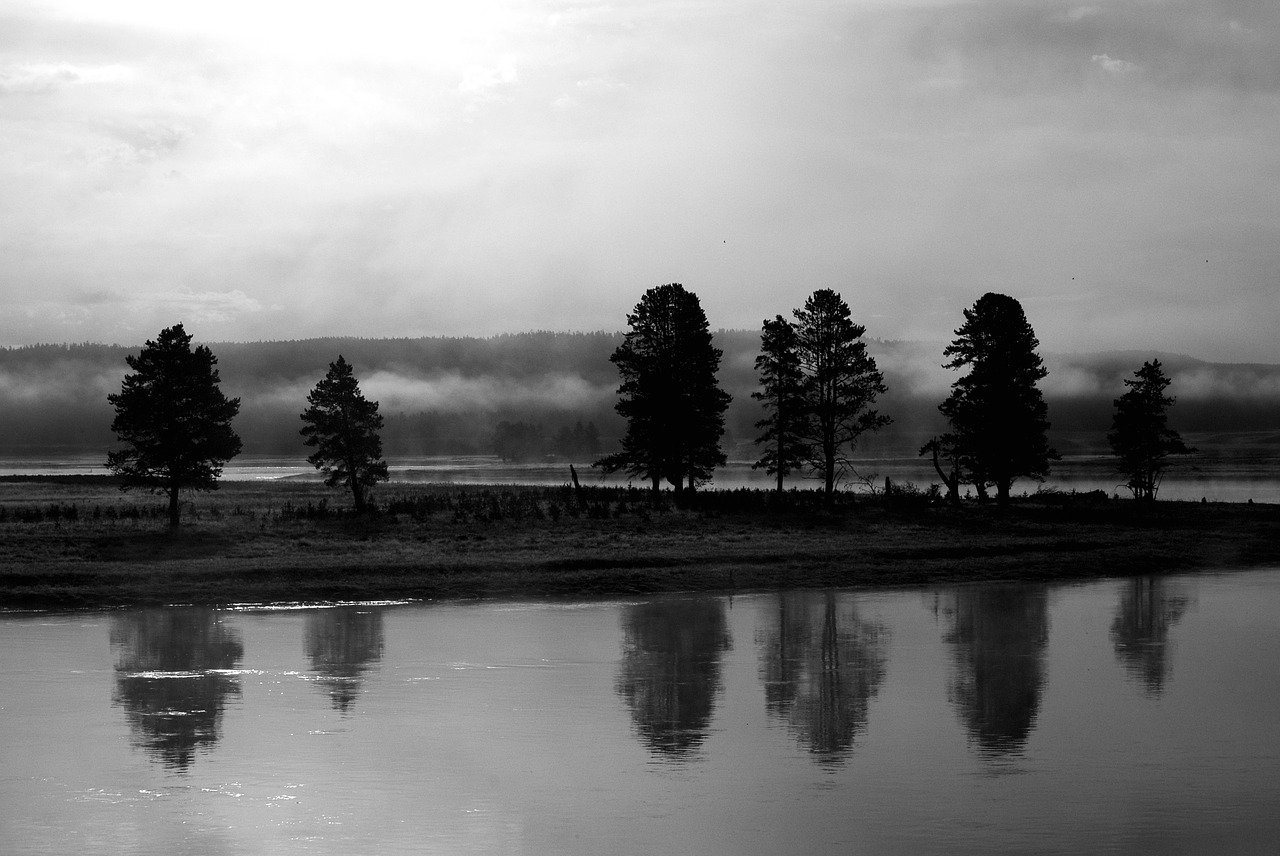
Camera Tips
After you’ve mastered the basics, be sure to read this next piece. This one gets more into landscapes and offers useful information on various types of scenery and how you can best photograph them. It talks about using clouds, architecture and foreground elements and provides additional camera tips and tricks to help explain the technical side of photographic art.
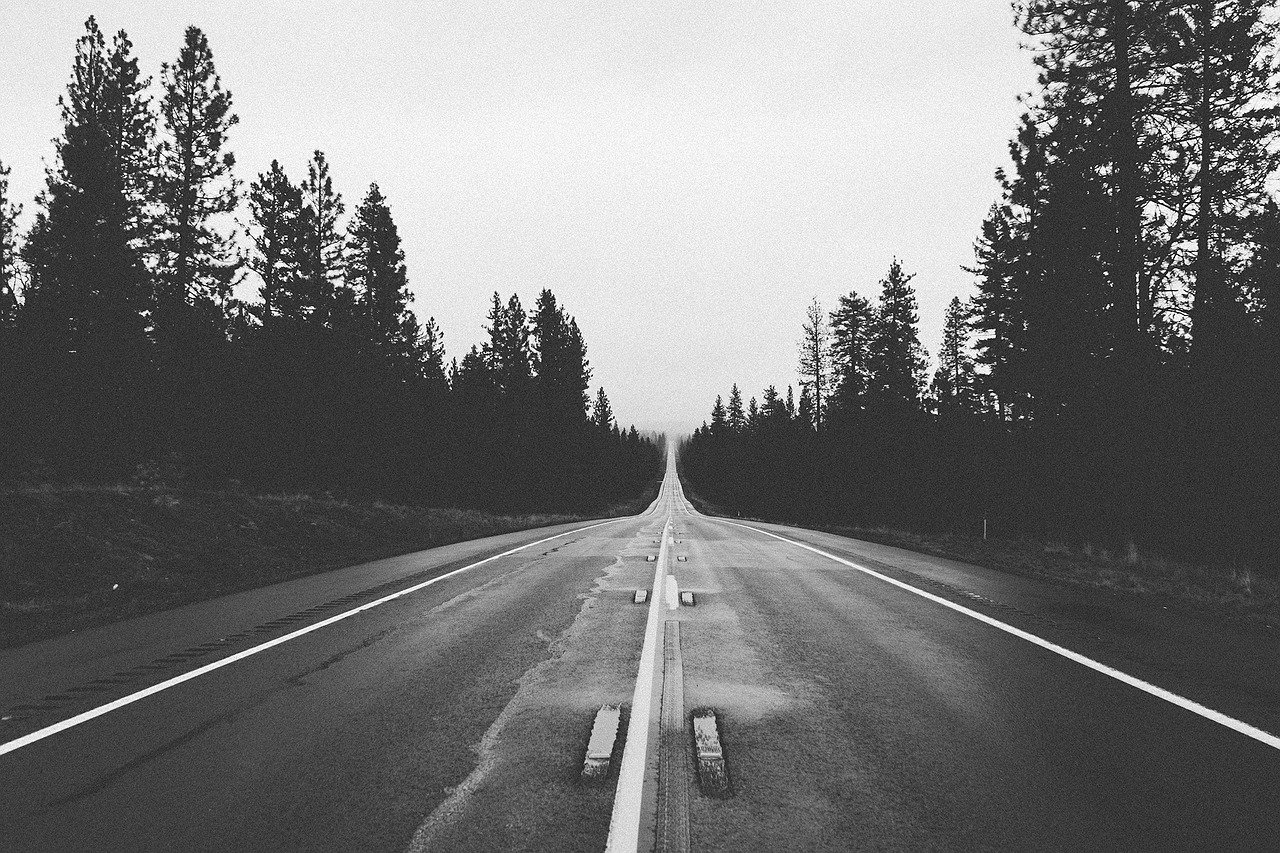
This is another great read. It offers surprising tips that most people wouldn’t think of. It mainly discusses how to use color to get the most out of your black-and-white photos. This may sound strange, but fortunately, they break this idea down for the readers. Be sure to read this if you want to end up with truly beautiful images.
For further reading on successfully converting to Black & White, check out this fully comprehensive guide on “Black And White Photography” – by professional photographer, Kent DuFault.
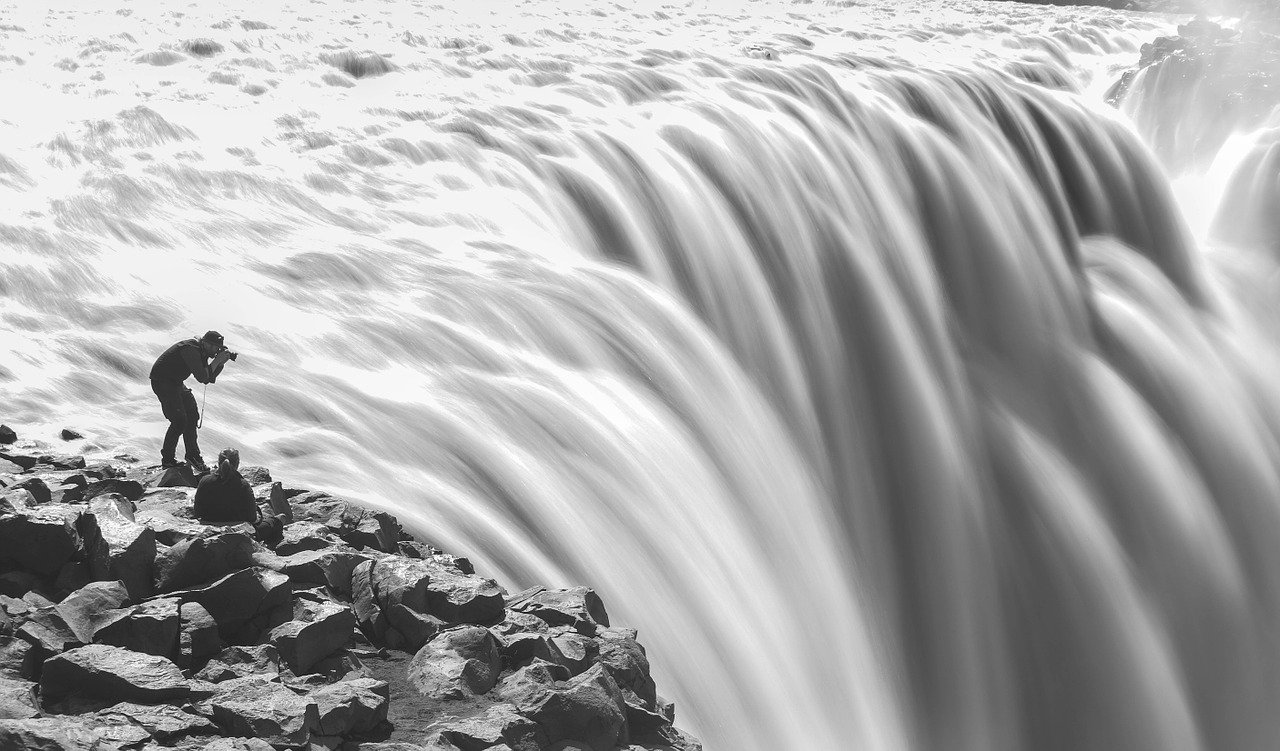
Once you’re done shooting, it’s time to edit your photos. There isn’t always a huge need to edit, and often the changes you make will be so subtle that the average viewer won’t be able to detect them. However, editing is essential for photographers who want to set themselves apart from the rest; it can transform your photos from amateur to professional in an instant, so it’s a critical part of the process.
This article helps you figure out what elements to change and what to keep; it draws many of its ideas from the world’s most famous black-and-white landscape artist, Ansel Adams. His work is extraordinary and almost impossible to match, but this information will help you follow his style and improve your own work.
Don't forget this fully comprehensive guide on “Black And White Photography” – by professional photographer Kent DuFault is there to get you one step closer to producing those images you can be proud of, every time!
Further Resources
- Here’s How to Decide When a Photo Should be Black and White by Jason D. Little
- Five Keys to Better Black and White Landscapes by Jason Row
- Do You Make This Classic Mistake in Black and White Post Processing? by Christopher O'Donnell



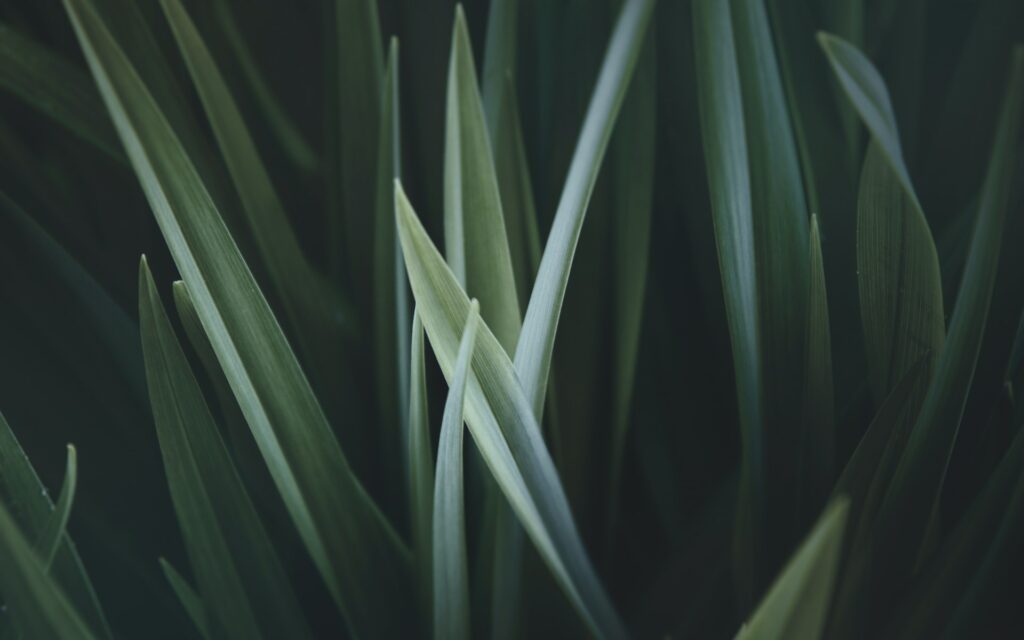
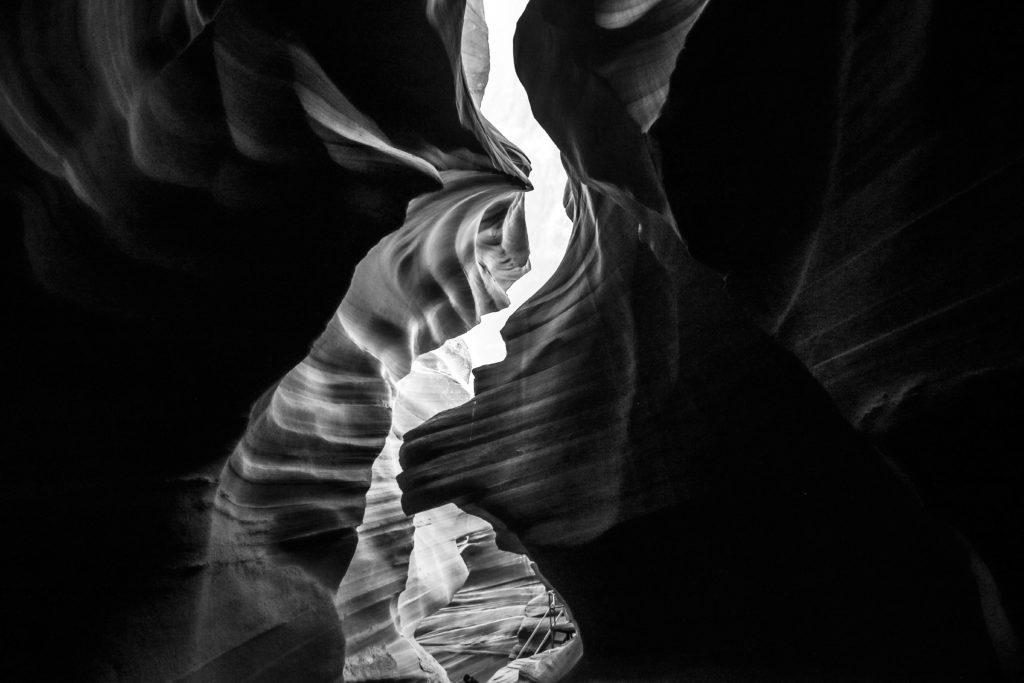
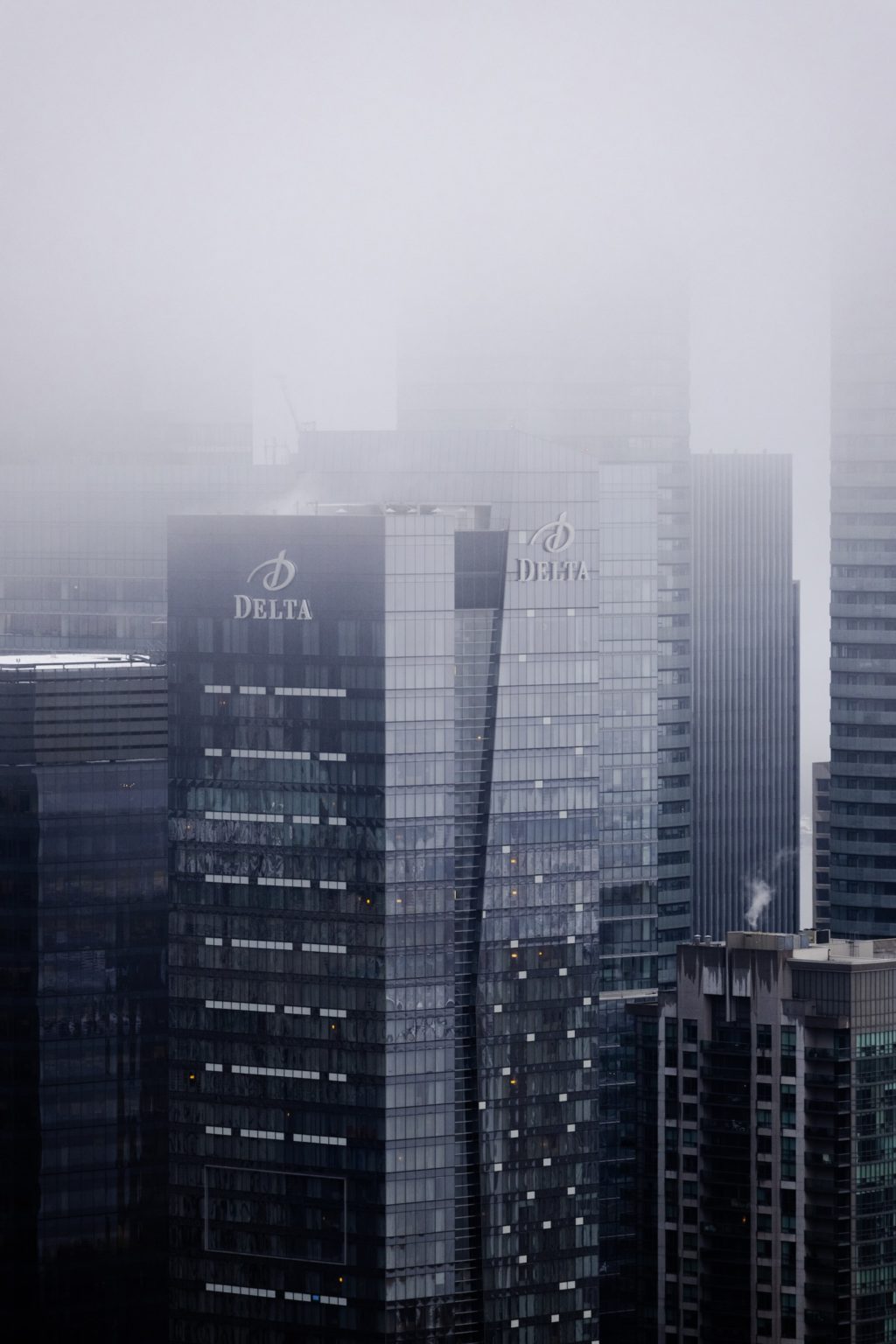
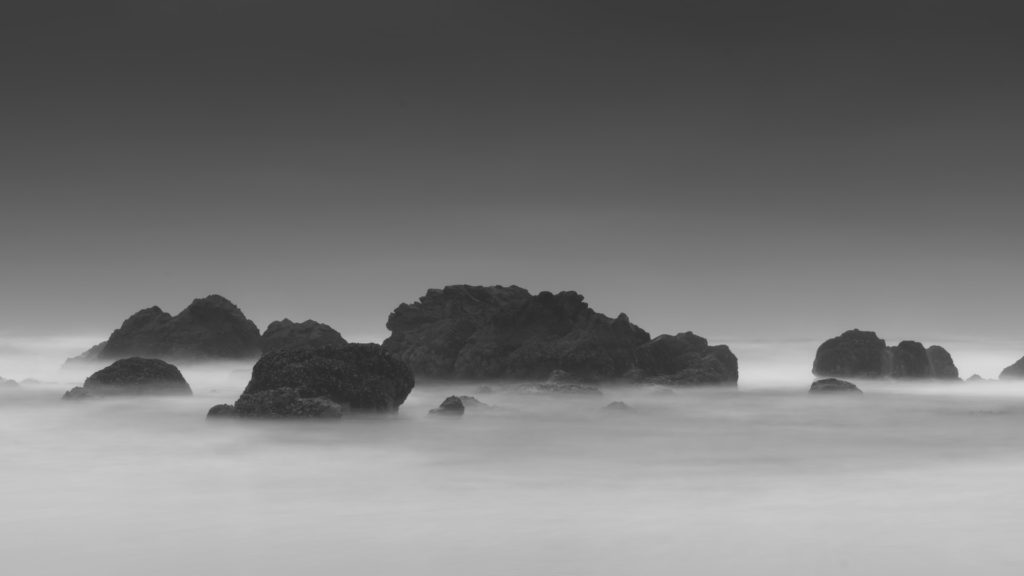
1 Comment
Thanks Federico!